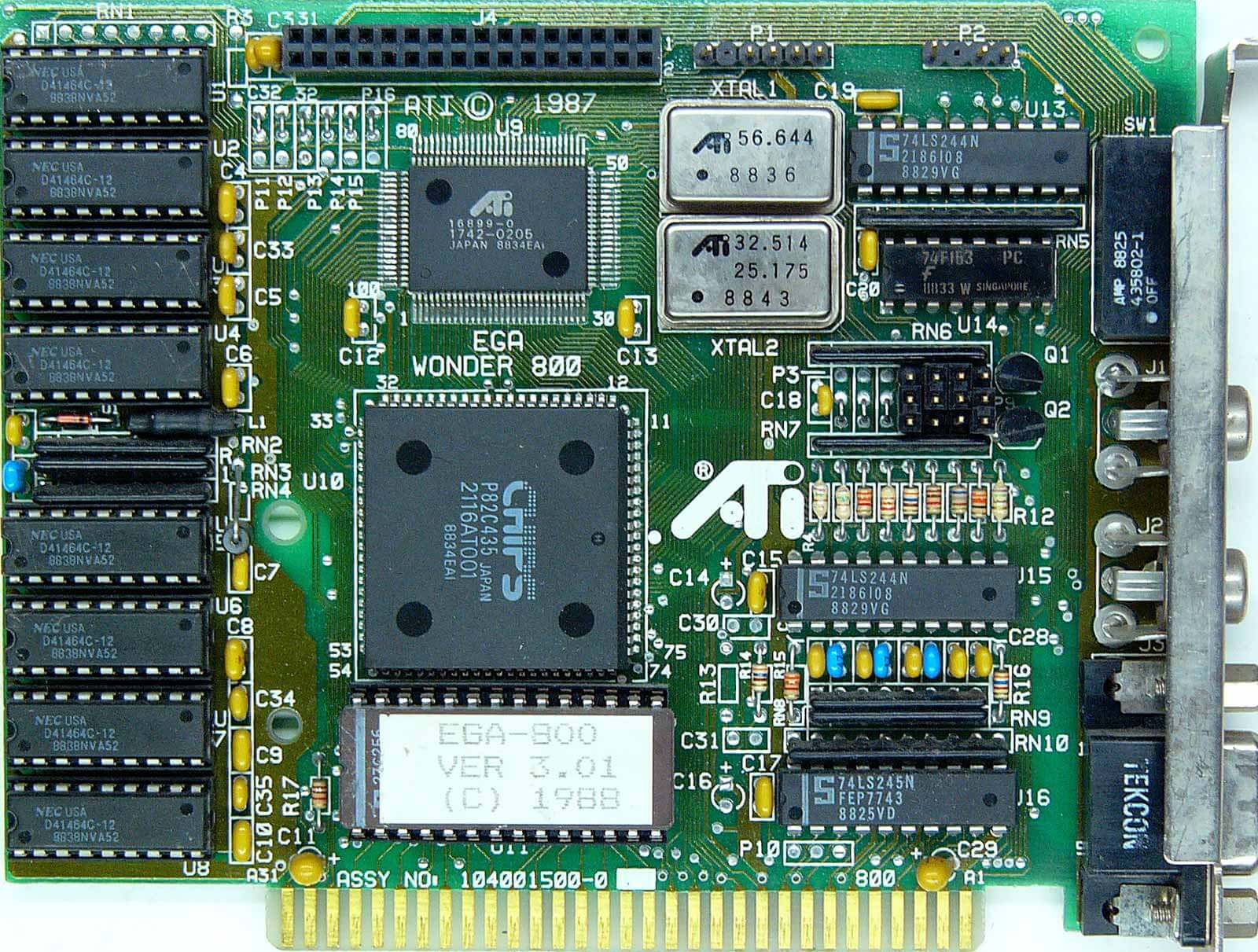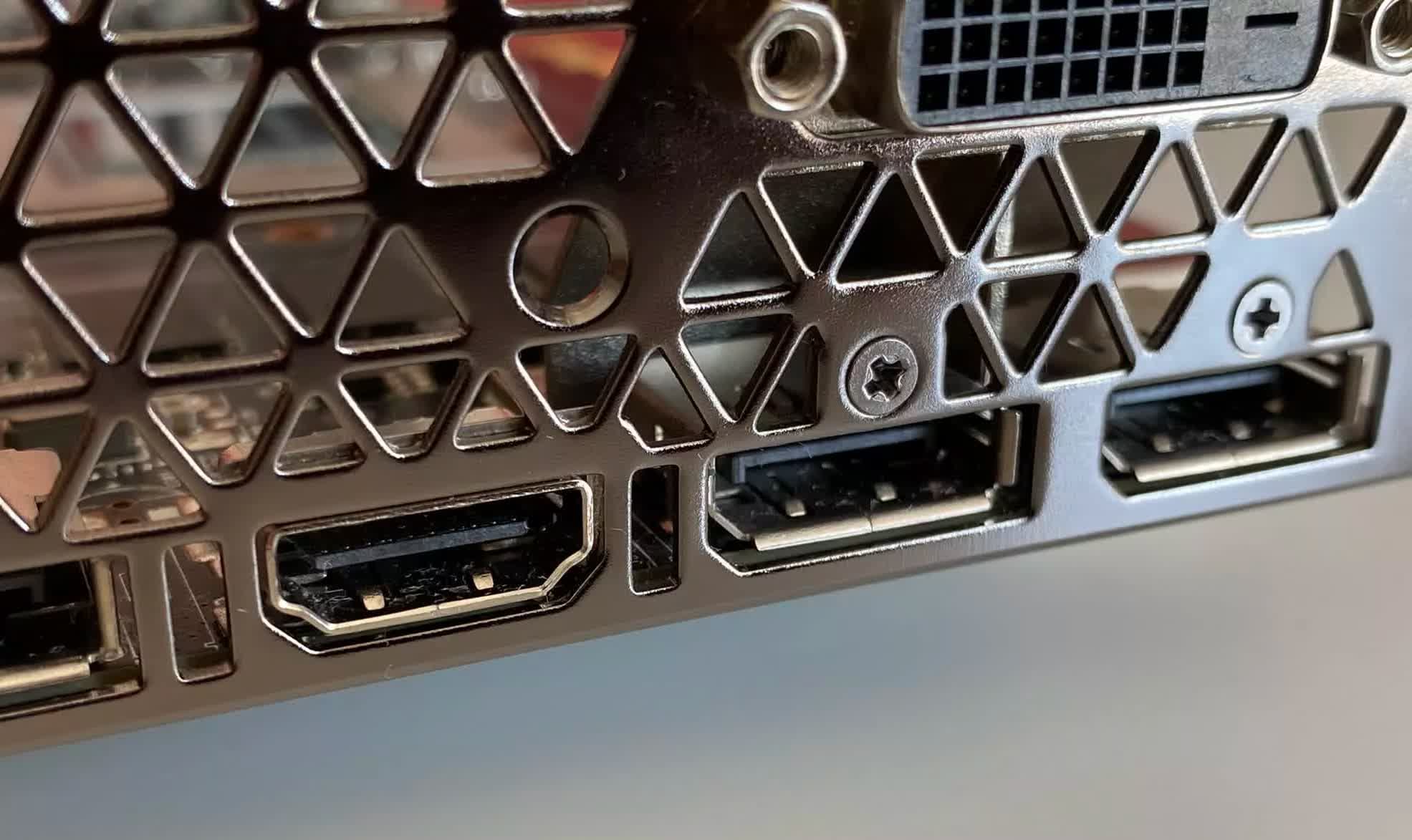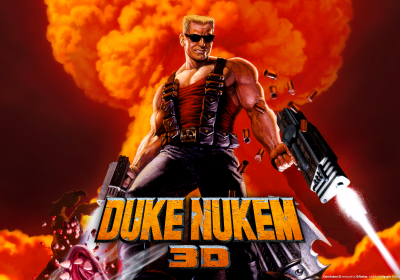The History of the Modern Graphics Processor
3D graphics transformed a somewhat dull PC industry into a spectacle of light and magic after generations of innovative endeavor. TechSpot's look at the history of the GPU goes from the early days of 3D, to game-changing hardware and beyond.
DisplayPort vs HDMI: What's Best for High Refresh Rate Gaming?
DisplayPort and HDMI: In this article we'll point out the differences between the two interfaces, how the choice of monitor fits into this, and why GPU vendors seem to prefer DisplayPort over HDMI.
TechSpot's Quick Guide to Sockets and Ports
The average desktop PC has over 10 different types of connections and often sports over 30 individual sockets. Whether you're wanting to sort out SATA from M.2, or DVI-D from DisplayPort, welcome to our quick guide to sockets and ports.
The History of the Modern Graphics Processor, Part 4: The Coming of General Purpose GPUs
With DX10's arrival, vertex and pixel shaders maintained a large level of common function, so moving to a unified shader arch eliminated a lot of unnecessary duplication of processing blocks. The first GPU to utilize this architecture was Nvidia's iconic G80.
Four years in development and $475 million produced a 681 million-transistor, 484mm² behemoth – first as the 8800 GTX flagship and then with cards aimed at several segments. Aided by the new Coverage Sample anti-aliasing (CSAA) algorithm, Nvidia saw its GTX demolish every single competitor in outright performance.
The History of the Modern Graphics Processor, Part 3: The Nvidia vs. ATI era begins
With the turn of the century the graphics industry bore witness to further consolidation. Where 3dfx was once a byword for raw performance, its strengths before its dismissal laid in its full screen antialiasing image quality. By the time 2001 dawned, the PC graphics market consisted of a discrete card duopoly (Nvidia and ATI), with both of them in addition to Intel supplying the vast majority of integrated graphics chipsets.
Prior to the Voodoo 5's arrival, ATI had announced the Radeon DDR as "the most powerful graphics processor ever designed for desktop PCs." Previews of the card had already gone public on April 25, and only twenty-four hours later Nvidia countered with the announcement of the GeForce 2 GTS (GigaTexel Shader).
The History of the Modern Graphics Processor, Part 2: 3Dfx Voodoo, the game-changer
Launched on November 1996, 3Dfx's Voodoo graphics consisted of a 3D-only card that required a VGA cable pass-through from a separate 2D card to the Voodoo, which then connected to the display. Voodoo Graphics revolutionized personal computer graphics nearly overnight and rendered many other designs obsolete, including a vast swathe of 2D-only graphics producers.
The 3D landscape in 1996 favoured S3 with around 50% of the market. That was to change soon, however. It was estimated that 3Dfx accounted for 80-85% of the 3D accelerator market during the heyday of Voodoo's reign. Later on Nvidia would revive with the RIVA series and eventually land their greatest success with the first GeForce graphics card.









